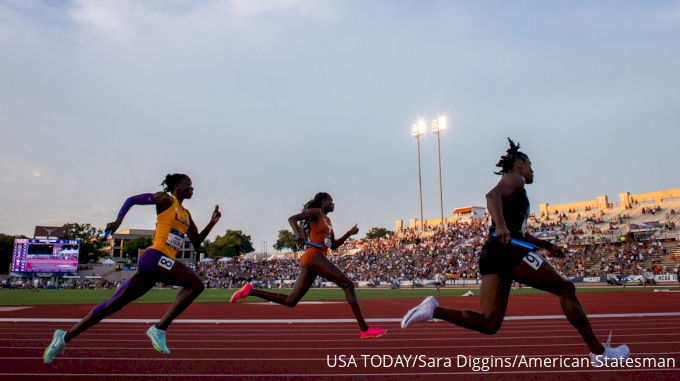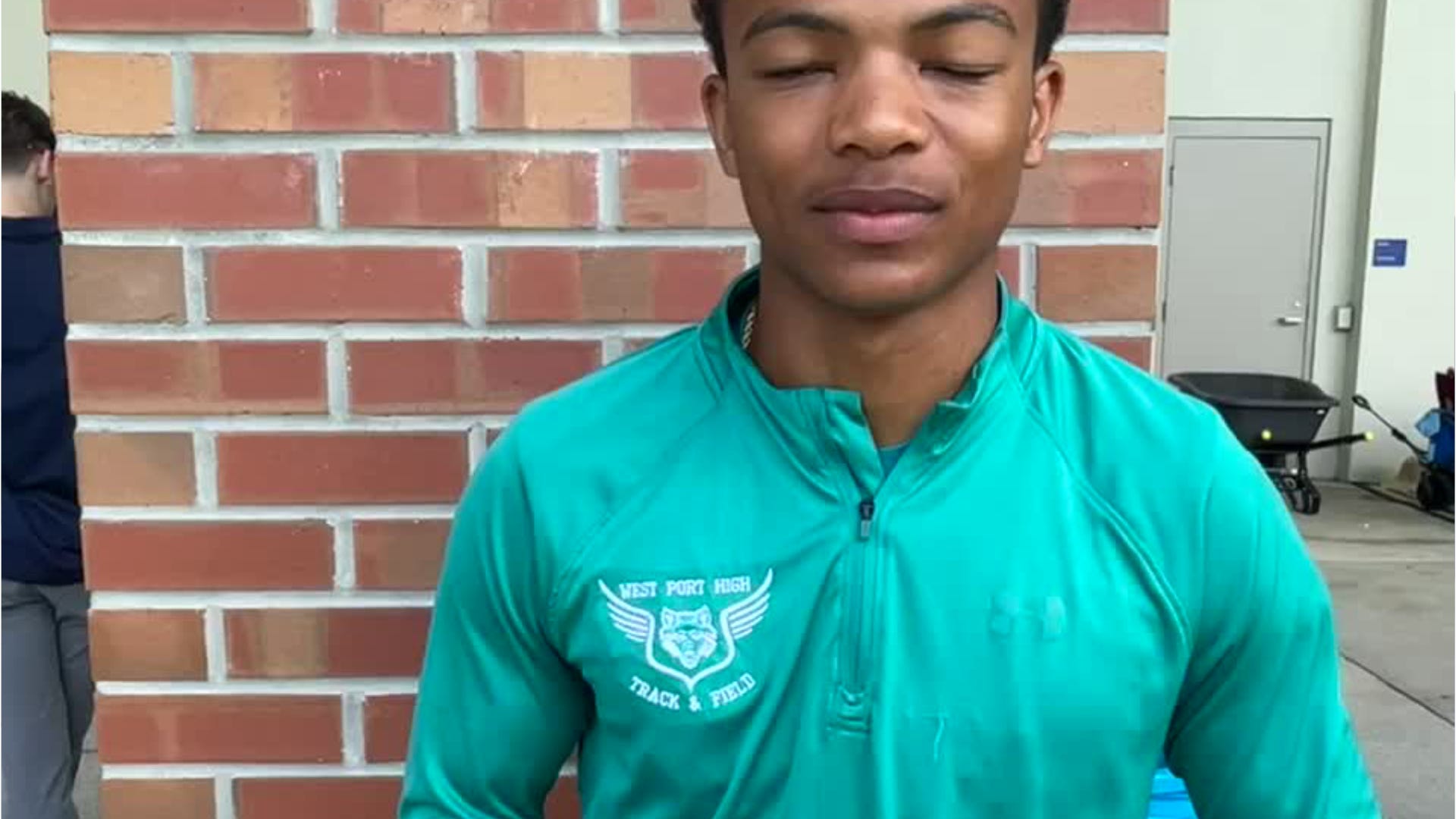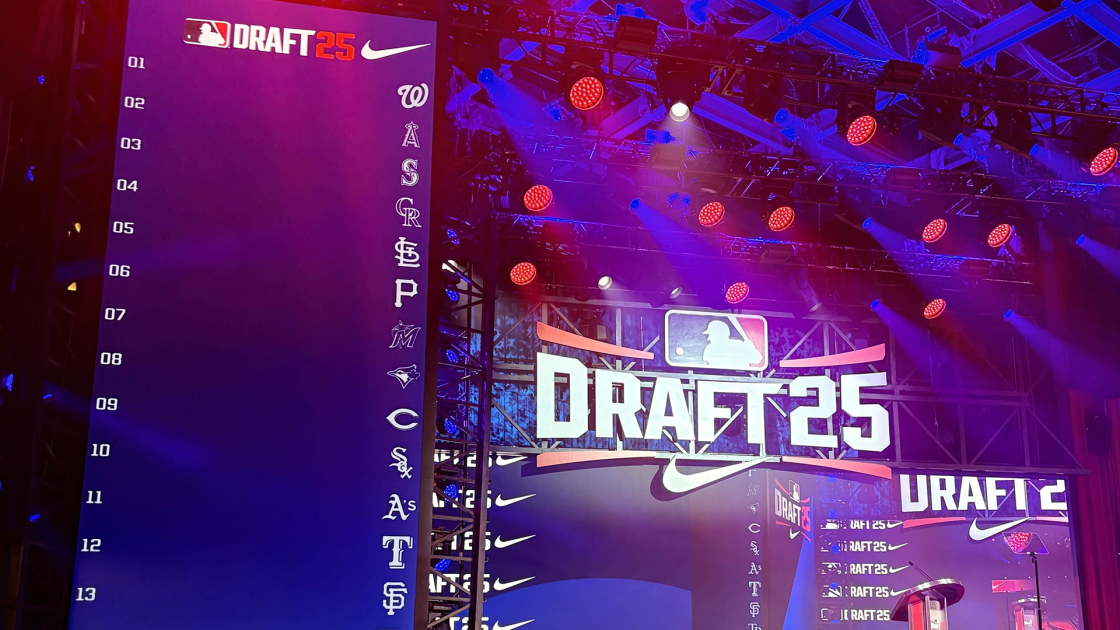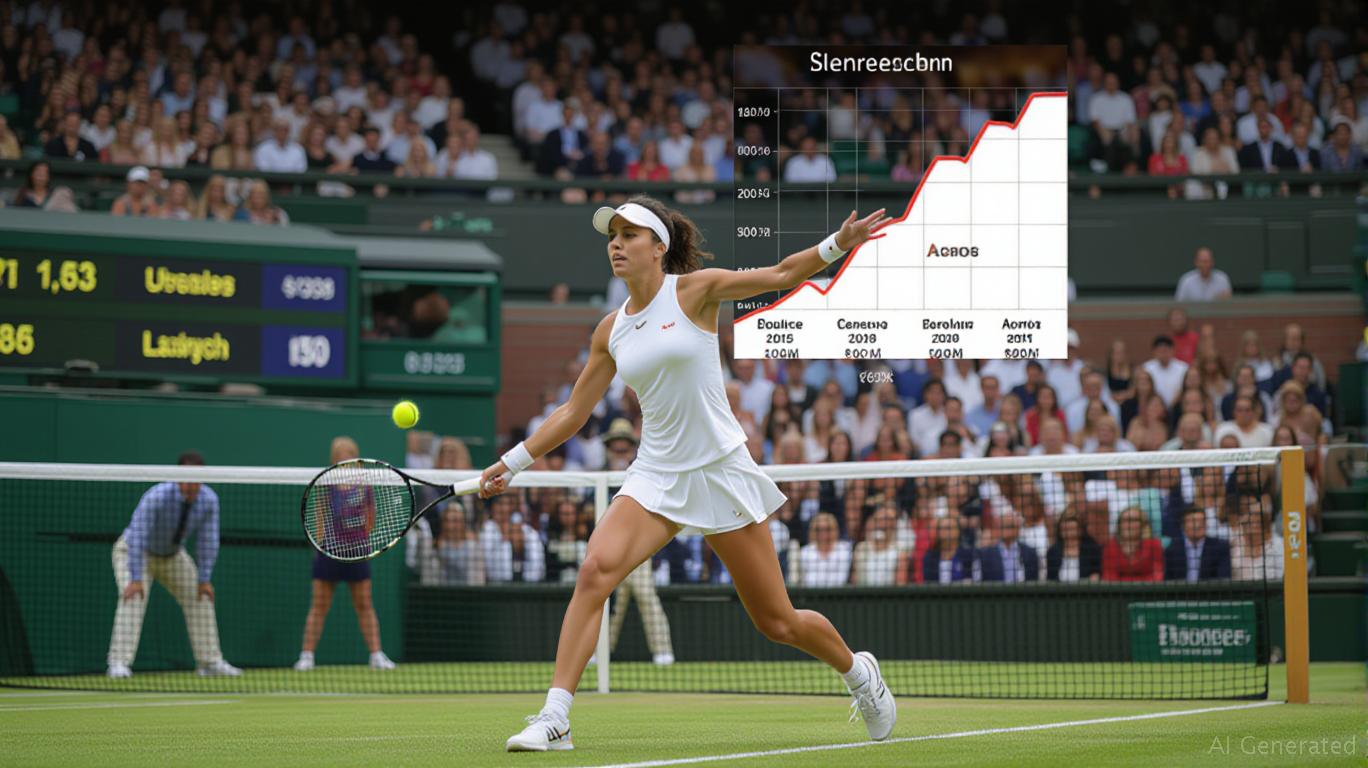
The 2025 Wimbledon Championships underscored a stark reality for high-profile athletes: the UK’s aggressive tax regime for non-residents is reshaping how they manage their wealth. With prize money surging to £3 million for singles champions—only to face a 43% tax bite—the pressure on athletes to optimize their financial strategies has never been higher. For investors and wealth managers, this environment presents both challenges and opportunities to design tax-efficient portfolios that align with the unique needs of global celebrities and athletes.
![]()
The New Tax Landscape: A Heavy Burden, a Steep Price
The UK’s taxation of non-residents on Wimbledon earnings is a masterclass in fiscal rigor. Singles champions, for instance, face a £1.3 million tax bill on their £3 million prize, with nearly the entire sum taxed at the 45% Additional Rate due to the absence of a personal allowance. Even first-round losers see over 40% of their £66,000 payout whisked away in taxes. Add sponsorship income and image rights tied to the tournament—also taxable—and the financial strain becomes clear.
The reveals a stark contrast: while the UK imposes a 45% rate on top earners, Monaco charges zero income tax for residents. This disparity explains why athletes like Jannik Sinner, based in Monaco, face minimal UK tax leakage, whereas others from high-tax jurisdictions like Poland or the U.S. endure double whammy deductions.
Beyond Prize Money: Sponsorships and Global Reporting
The UK’s reach extends beyond direct earnings. Sponsorship deals and global endorsement contracts tied to Wimbledon participation are now subject to scrutiny. For example, a player’s £10 million global endorsement deal might see a portion taxed in the UK if promotional activities occur during the tournament. Combined with stringent reporting requirements—non-residents must file annual tax returns—the burden of compliance adds another layer of complexity.
Tax-Efficient Strategies: Mitigating the Fiscal Headwinds
For wealth managers, the solution lies in a multi-pronged approach:
-
Jurisdictional Arbitrage:
Offshore residency in low-tax jurisdictions like Monaco or Singapore can dramatically reduce tax exposure. Athletes domiciled in these regions avoid the UK’s punitive rates, as seen in Jannik Sinner’s case.
-
Structuring Income Through Trusts and Entities:
Using trusts or offshore companies to hold sponsorship income can shield assets from aggressive UK taxation. For example, routing earnings through a Luxembourg-based entity might reduce the taxable footprint in the UK.
-
Deductions Optimization:
Maximizing allowable expenses—such as travel, coaching fees, and agent commissions—can lower taxable income. However, athletes must meticulously document these costs to avoid disputes.
-
Tax-Advantaged Investments:
Allocating capital to tax-efficient vehicles like real estate investment trusts (REITs) or dividend-paying stocks in tax-friendly regions can minimize liabilities. The highlights the growing demand for professional tax planning, a sector poised for expansion.
Investment Opportunities in the Tax Complexity Era
The rise in tax challenges for athletes creates niches for investors:
- Tax Advisory Services: Firms specializing in cross-border tax planning (e.g., PwC’s Global Mobility Services) are likely to see sustained demand.
- Offshore Financial Centers: The shows regions like the Cayman Islands or Jersey growing at 2-3% annually, driven by demand for wealth management solutions.
- Real Estate in Tax-Friendly Jurisdictions: Properties in low-tax areas—such as Monaco’s luxury apartments or Singapore’s high-rise condos—could attract athletes seeking both residency and investment returns.
Conclusion: Balancing Prestige and Profit
While Wimbledon’s allure ensures athletes will continue competing there, the financial stakes demand proactive wealth management. Investors should focus on tax-efficient structures, jurisdictional optimization, and professional advisory services to help clients navigate this landscape. For athletes, the path to preserving wealth lies not just in winning titles but in mastering the tax codes that follow them across the globe.
In an era where tax regimes are as dynamic as the athletes themselves, the winners will be those who turn fiscal complexity into strategic advantage.
0



























































